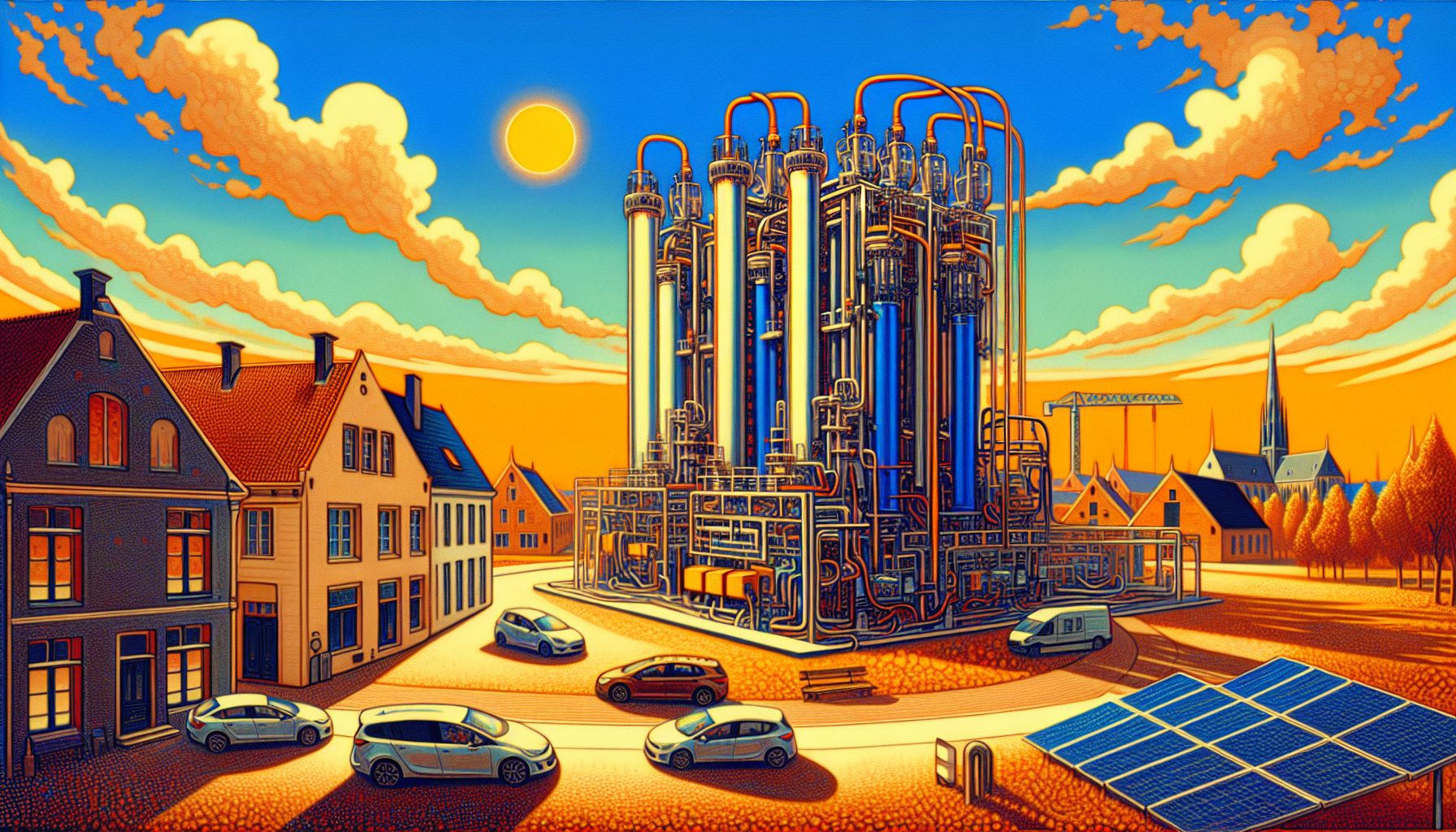EU Approves €998 Million Dutch Subsidy for Green Hydrogen Production

Brussels, Tuesday, 30 July 2024.
The European Commission has greenlit a substantial Dutch subsidy to boost renewable hydrogen production, aligning with EU climate goals. This strategic investment aims to significantly increase the Netherlands’ electrolysis capacity, supporting the transition to cleaner energy sources.
Boosting Electrolysis Capacity
The €998 million subsidy will be directed towards the construction of at least 200 megawatts (MW) of electrolysis capacity in the Netherlands. Electrolysis is a critical technology in the production of green hydrogen, as it uses renewable electricity to split water into hydrogen and oxygen. This process results in a clean fuel that can either be used directly or as a feedstock for synthetic fuels with minimal carbon footprint. The Netherlands aims to achieve 500 MW of electrolyzer capacity by 2025 and scale up to 3 to 4 gigawatts (GW) by 2030, positioning itself as a leader in the green hydrogen sector.
Alignment with EU Climate Goals
This initiative is part of the broader European Green Deal, which outlines the EU’s commitment to becoming climate neutral by 2050. Green hydrogen is seen as a pivotal element in this transition, offering a sustainable alternative to fossil fuels. The European Commission’s approval of the Dutch subsidy underscores the EU’s strategic focus on fostering renewable energy technologies and reducing greenhouse gas emissions. By funding green hydrogen projects, the Commission aims to support member states in their renewable energy transitions while ensuring minimal market distortions.
Economic and Environmental Impacts
The economic implications of this subsidy are significant. By promoting the growth of the green hydrogen sector, the Netherlands can create new jobs, stimulate technological innovation, and enhance energy security. Environmentally, green hydrogen production reduces reliance on fossil fuels, contributing to a reduction in carbon emissions. The subsidy also aims to make green hydrogen more economically viable, bridging the cost gap that often hinders the adoption of sustainable technologies. This investment is expected to have a ripple effect, encouraging further private and public investments in green energy projects.
Comparative Context: Spain’s Green Hydrogen Ambitions
The Netherlands is not alone in receiving substantial EU support for green hydrogen. Spain recently secured €1.2 billion in subsidies for its renewable hydrogen projects, reflecting the EU’s commitment to fostering green energy across the continent. Spain’s ambitious plans include developing ‘hydrogen valleys’ and achieving 11 GW of electrolyzer capacity by 2030. The competitive bidding system for these subsidies aims to ensure that funds are allocated efficiently, promoting the rapid expansion of green hydrogen infrastructure. By comparing these initiatives, it becomes clear that the EU is strategically investing in diverse geographic regions to build a robust and interconnected green hydrogen network.

